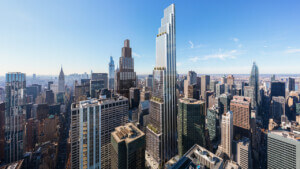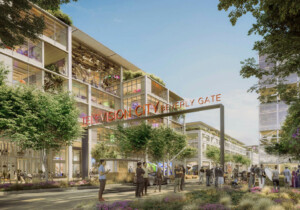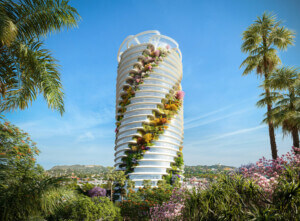After being scrapped in 2018 following a four-year-long firestorm of public controversy, court orders, and royal criticism, Stockholm’s Nobel Center has found a new future home at a waterfront site roughly a half-mile from the original location.
As the Nobel Foundation announced in a recent press statement, the Nobel Center—a planned museum, awards venue, and administrative hub for the prestigious set of international prizes—will now be located at Stadsgårdskajen near Slussen in central Stockholm.
A waterfront section of the Swedish capital city best known for its mad tangle of 1930s-era roadways, Slussen, which found an early and ardent fan in Le Corbusier, is currently in the midst of a massive regeneration scheme master-planned by Foster + Partners.
An area that just happens to be in the midst of a dramatic reinvention seems like a natural fit for the Nobel Center, especially when considering the original David Chipperfield Architects (DCA)-designed project was booted from its planned location next to the Swedish National Museum on Stockholm’s historic Blasieholmen peninsula for being too big, too loud, too incongruous with its storied surroundings.
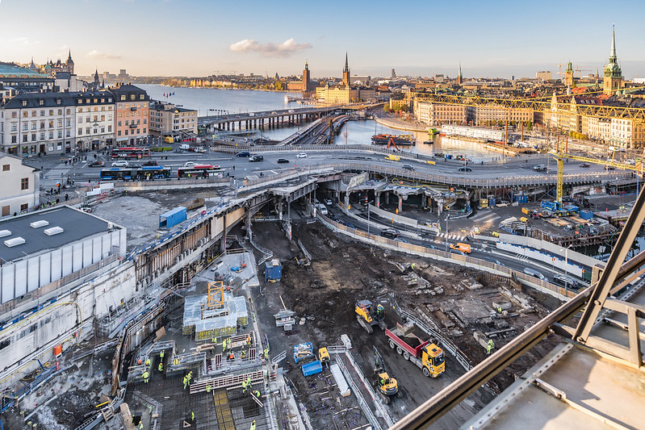
Sweden’s Land and Environment Court squashed the project in 2018 by denying it a building permit, writing that DCA’s shimmering, brass-clad design, which had already been scaled back in 2016 after facing significant public uproar, “would affect the readability of Stockholm’s historical development as a port, shipping, and trading city.” The court further stated that construction of the center would “cause significant damage” to the historic fabric of Blasieholmen. The Nobel Foundation opted not to appeal the court’s decision.
Not fitting in or upsetting the neighbors likely won’t be an issue in Slussen, where everything is in flux.
“Now that the Nobel Center is finding a home in the heart of Stockholm, an important piece of the puzzle in the development of Slussen is falling into place,” said Vice Mayor for City Planning Joakim Larsson. “At one of the city’s largest and most important transport hubs, a house for culture and science with public activities fits very nicely into our vision of transforming Slussen from a traffic interchange into a meeting place for everyone in Stockholm.”
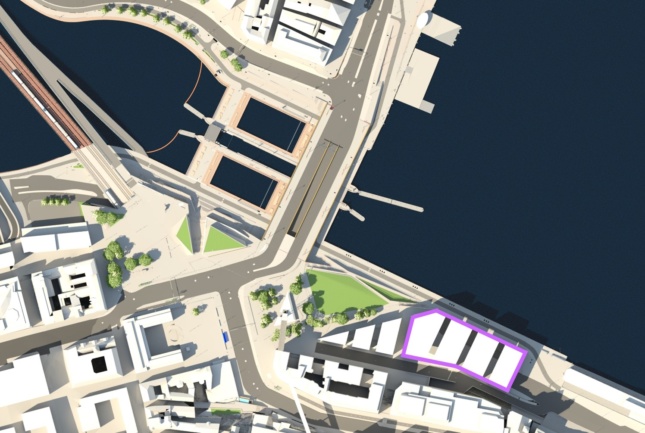
With a new site for the seemingly doomed project now secured, there’s still the million-dollar question: Who will design it?
As reported by The Architect’s Journal, the Nobel Foundation has yet to select an architect to win over the locals with version 2.0 of the center. The foundation does note that it’s “necessary to design an entirely new building” while revealing that the eight firms involved in the 2013 design competition, including winner DCA, have been approached.
“We are keen to make use of the experience we have from that process,” said the foundation of the original competition. “Now that the location is set the Nobel Foundation will begin the process of choosing an architect.”
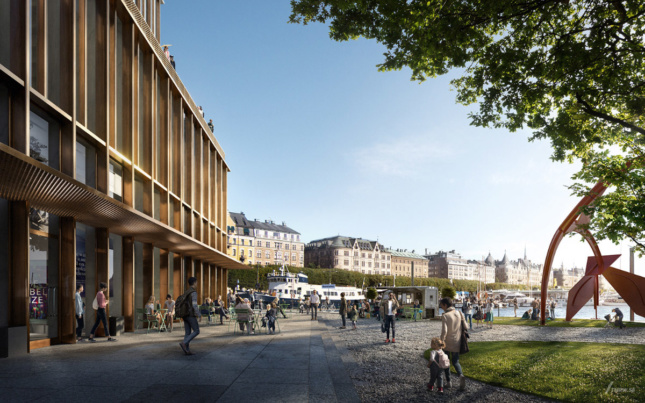
“We are delighted to hear that a new site for the Nobel Centre has been agreed upon in the area of Slussen,” responded DCA in a statement to The Architect’s Journal. “The Nobel Foundation has communicated that they will not open a new competition. Clearly there will be further discussion about how the new project will proceed both in scope and in project organisation.”
Beating out firms including OMA, Snøhetta, SANAA, and Bjarke Ingels Group, the London-based DCA won the original commission to design the $132 million complex—a complex complete with library, restaurant, exhibition areas, office and conference space, and a stunning auditorium that would have served as a permanent home for the annual Nobel Prize ceremony—in 2014, which was really just the beginning of what AN called a “turbulent journey.”
If that journey had ultimately concluded in favor of the Nobel Foundation with little delay, the organization’s permanent home at Blasieholmen would have opened to the public last year. Building the new Nobel Center is slated to begin in 2025 at the very earliest; work on an already-planned road overhaul at Stadsgårdsleden has to wrap up first. Once that happens, the Nobel Foundation anticipates that its future home will be completed within two years.








